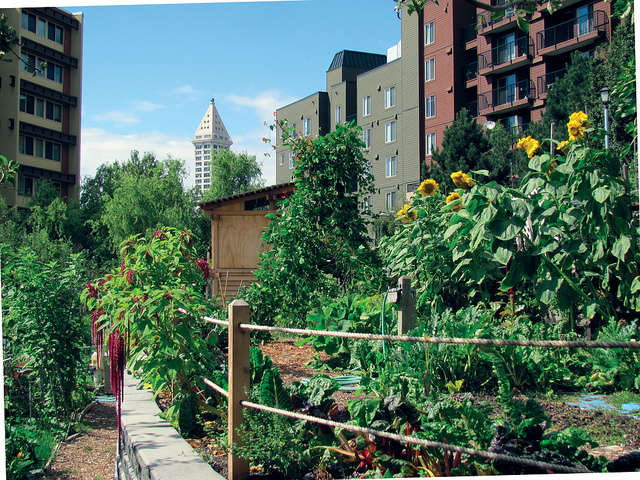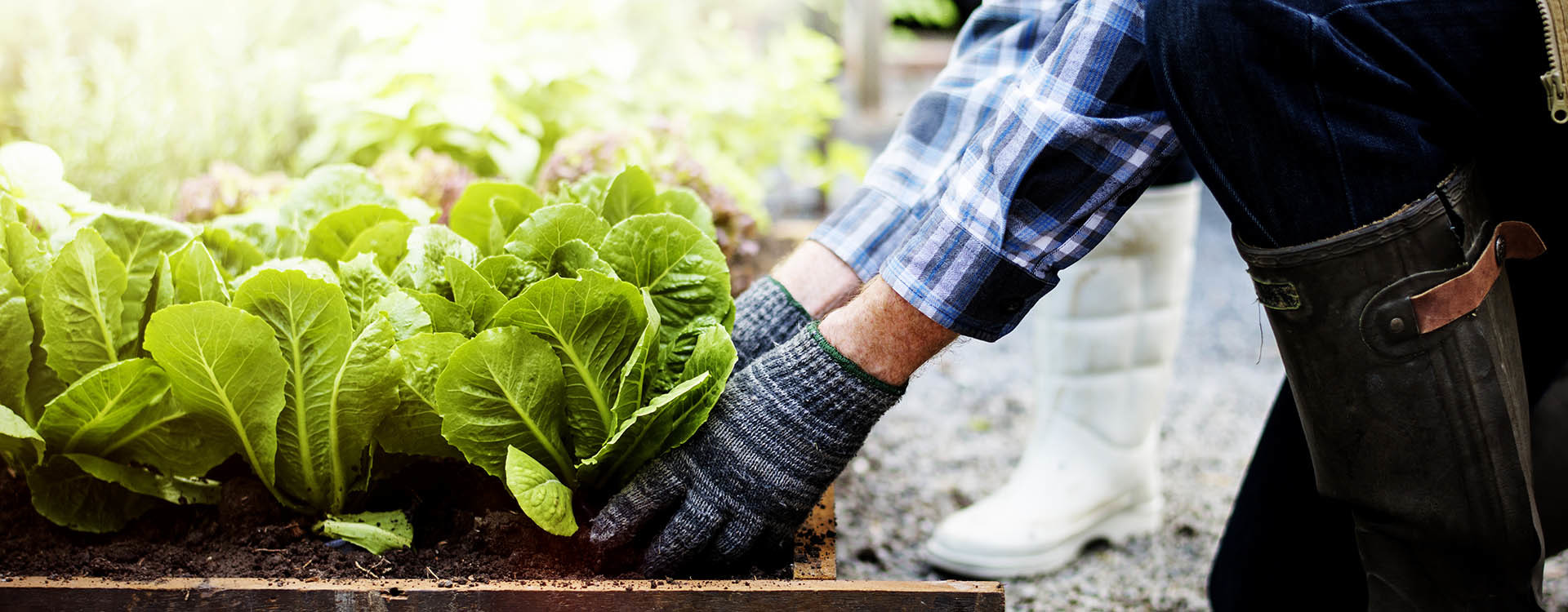What Does City Blooming Do?
What Does City Blooming Do?
Blog Article
City Blooming - The Facts
Table of ContentsSome Known Facts About City Blooming.City Blooming for DummiesCity Blooming Fundamentals ExplainedThe smart Trick of City Blooming That Nobody is Talking AboutThe Best Guide To City Blooming
Intrigued in growing food to buy in the City of Chicago? Thinking of starting a neighborhood garden? Changes to the Chicago Zoning Statute enable agricultural usages like area gardens and city ranches in many parts of the city. Below is a list of often asked questions pertaining to the regulations and regulations that growers ought to take into consideration when planning a city agriculture task.
The zoning amendment does not modify any kind of various other codes dealing with composting, building licenses, purchasing or renting City had home, business licenses or environmental contamination. There are existing codes that manage these concerns and they stay in full impact and might apply to your project. Area gardens are usually had or taken care of by public entities, public companies or community-based companies and kept by volunteers.
Urban farms expand food that is meant to be marketed, either on a not-for-profit or for-profit basis. Because of their industrial purpose, metropolitan ranches require an organization permit. Yes. A neighborhood garden is enabled to offer excess produce that was grown on site if the sales are accessory or secondary to the garden's key purpose described over.
The 8-Second Trick For City Blooming
The quantity of compost product can not surpass 25 cubic lawns at any offered time according to the requirements in 7-28-715 of the City's Municipal Code. Due to the fact that the soil at many brand-new garden websites requires amending, garden compost, soil, wood chips, or various other materials can be acquired to build or boost the growing space.

If a structure authorization is called for after that the hoophouse will be considered an accessory building. You can learn more concerning the structure permit demands by calling the Department of Structures. The 25,000-square-foot dimension restriction is intended to stop a solitary community garden from controling a provided block or taking away from the block's existing domestic or industrial character.
The limitation does not put on yards situated in Public Open Area (POS) areas. Can there be more than one community garden that is 25,000 square feet on a solitary block? Yes. The dimension limitation uses to private yards, not to private blocks. No. Fencing is not needed, however, gardens that have huge parking locations might be required to mount fencing or various other landscaping attributes.
City Blooming Things To Know Before You Buy
B1 & B2 areas need that all commercial use activities be performed inside your home. Is fence needed for urban ranches? Fencings might be needed, along with landscaping and screening, for particular parking areas and exterior job or storage space areas depending on location and the certain activity taking location.
Yes. Urban ranches need building authorizations and zoning authorizations prior to building and construction. Various other kinds of city review might be needed relying on certain frameworks, tasks, size, landscaping, licensing, go public heath and stormwater administration problems. A number of these requirements are determined in the task design or permitting process, nevertheless, the candidate may be liable to independently recognize details licenses or permits that might be called for.
The Department of Organization Matters and Customer Security can assist identify the certain kind of company certificate that's called for. Off street vehicle parking is needed for many industrial projects in Chicago. The called for number of car parking spaces is based on the number of employees functioning on website and not the square video footage of the growing room.
4 Simple Techniques For City Blooming

A metropolitan farm can sell compost product generated on website, nevertheless, the procedure should abide with the guidelines in 7-28-715 of the Chicago Municipal Code. Aquaponic systems are allowed indoors on metropolitan farms in lots of zoning districts.
Up to 5 hives or colonies of honey bees may be maintained as an accessory usage. However, beekeepers should sign up with the Illinois Division of Agriculture. To learn more about the suggested zoning change you may speak to the Department of Housing and Economic Advancement, Bureau of Planning and Zoning at 312.744.8563.
Farming in cities and city locations A city farm in Chicago. Urban farming refers to different practices of growing. http://go.bubbl.us/e31e8c/192c?/City-Blooming, handling, and dispersing food in metropolitan areas. The term likewise relates to the location activities of animal husbandry, aquaculture, beekeeping, and gardening in a metropolitan context. Urban agriculture is distinguished from peri-urban agriculture, which occurs in country locations beside suburbs.
See This Report about City Blooming
, that look for to create social networks founded on a shared values of nature and neighborhood holism. These networks can create by way of formal institutional assistance, becoming incorporated right into neighborhood community planning as a "shift community" motion for lasting urban advancement.
Some of the initial evidence of urban farming comes from Mesopotamia.
Report this page